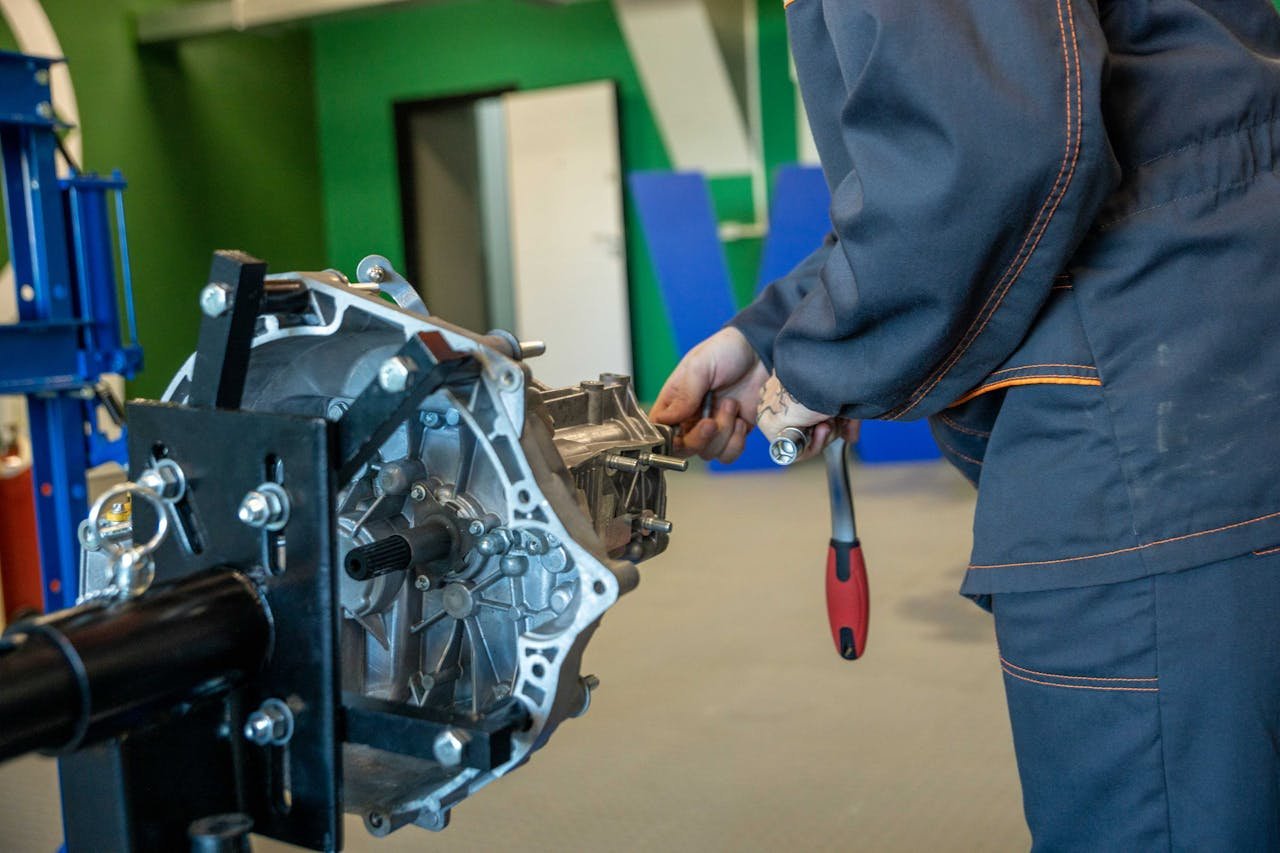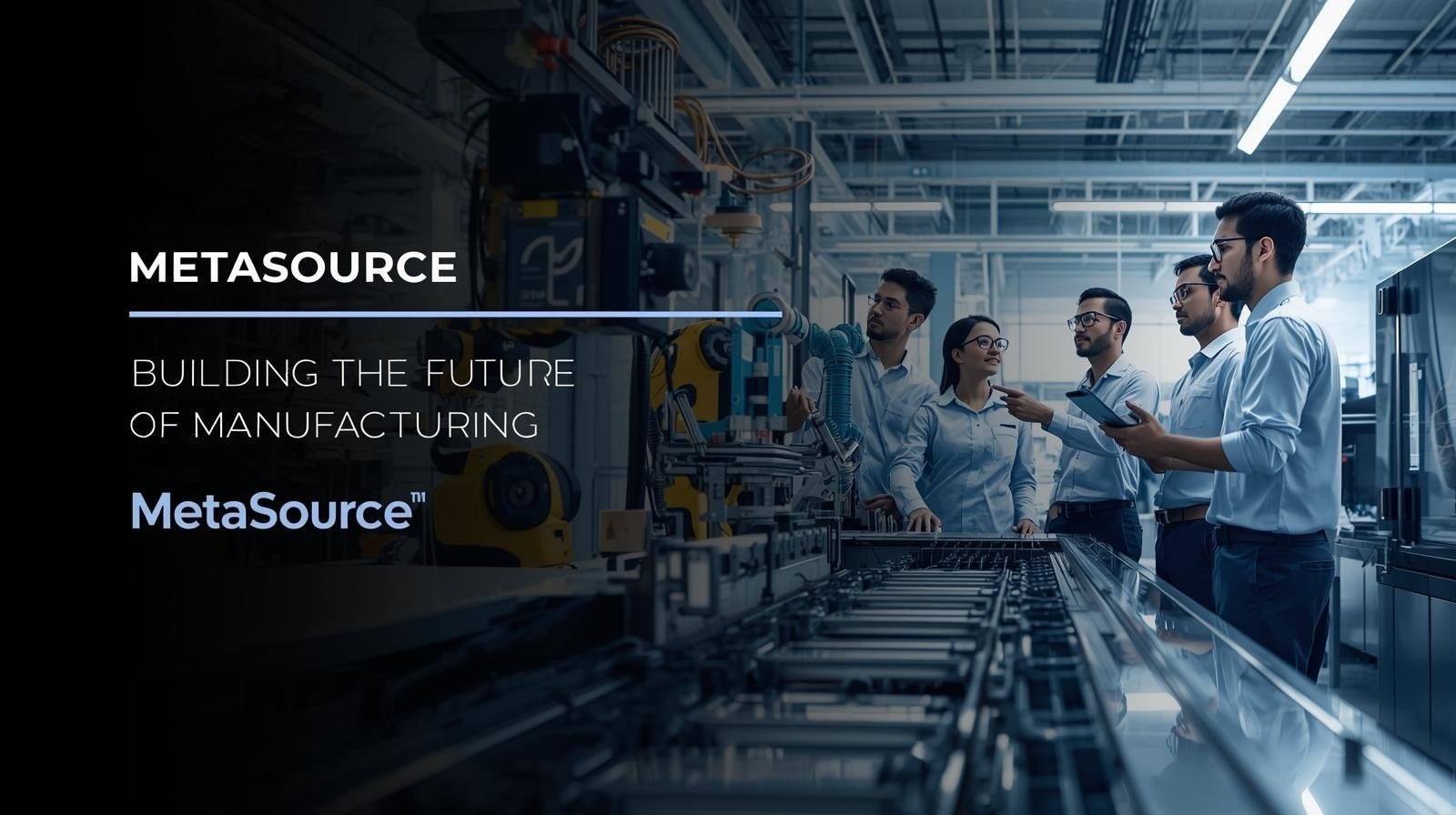2025-09-08

Steel is the backbone of modern industry. From construction and aerospace to defense and energy sectors, it forms the foundation of infrastructure and innovation. Among the many steel options, alloy steel vs stainless steel is a common comparison that decision-makers face when selecting the right material for their application.
At MetaSource, we support engineers, procurement managers, and manufacturers with the right material knowledge and instant sourcing solutions. This guide explores the core differences, strengths, and ideal applications of alloy steel and stainless steel, helping you make the best choice for your project.
🔩 What is Alloy Steel?
Alloy steel is carbon steel enhanced with additional alloying elements such as Nickel, Chromium, Manganese, Vanadium, and Tungsten. These elements are added to boost properties like strength, hardness, impact resistance, and wear resistance.
Types of Alloy Steel:
- Low Alloy Steel (≤5% alloying elements): Ideal for increased strength and cost-efficiency.
- High Alloy Steel (>5% alloying elements): Offers superior mechanical performance, sometimes bordering into stainless steel territory.
📌 Common Applications: Construction components, automotive parts (gears, axles), tools, aerospace landing gear, high-pressure pipelines.
🌐 What is Stainless Steel?
Stainless steel is a high alloy steel containing at least 10.5% Chromium, which gives it its trademark corrosion resistance and clean, polished finish. It’s widely used in marine, medical, architectural, and food-grade applications due to its hygienic and non-corrosive nature.
Major Stainless Steel Types:
- Austenitic (e.g., 304, 316): Highly corrosion-resistant, non-magnetic.
- Ferritic (e.g., 430): Moderate corrosion resistance, low-cost option.
- Martensitic (e.g., 410, 420): Heat-treatable, high strength, lower corrosion resistance.
- Duplex (e.g., 2205): Balanced strength and corrosion resistance.
- Precipitation-Hardening (e.g., 17-4 PH): High strength and corrosion resistance after heat treatment.
📌 Common Applications: Kitchenware, medical equipment, architecture, automotive exhausts, chemical processing tanks.
⚙️ Mechanical Properties Comparison
|
Property |
Alloy Steel |
Stainless Steel |
|
Tensile Strength |
758–1882 MPa |
515–827 MPa |
|
Hardness |
200–600 HB |
150–300 HB |
|
Ductility |
Higher |
Moderate to Low |
|
Impact Resistance |
High |
Lower (varies by grade) |
|
Fatigue Strength |
Higher overall |
Moderate (High for Duplex) |
|
Corrosion Resistance |
Moderate to Low |
Excellent |
🧪 Corrosion Resistance: The Critical Factor
- Stainless Steel wins in environments exposed to moisture, chemicals, or marine conditions.
- Alloy Steel, unless surface-treated or coated, is more prone to rust.
- Stainless steel resists pitting, galvanic corrosion, and stress corrosion cracking better due to its chromium content and passivation layer.
Tip: If corrosion resistance is essential (medical, food, marine), go stainless. If it’s strength and wear resistance (tools, machinery, structural components), go alloy steel.
🔧 Fabrication, Heat Treatment & Weldability
|
Aspect |
Alloy Steel |
Stainless Steel |
|
Machinability |
Easier to machine |
Lower machinability |
|
Formability |
Good (varies by grade) |
High (for austenitic grades) |
|
Weldability |
Varies; low carbon = better |
Excellent (except martensitic) |
|
Heat Treatment |
Quenching, annealing, tempering |
Annealing, hardening, stress relief |
💰 Cost and Sustainability
- Alloy Steel: More affordable upfront. Cost-effective for bulk industrial use.
- Stainless Steel: Higher initial cost, but lower lifecycle cost due to zero maintenance, recyclability, and longevity.
|
Material |
Cost per ton (approx.) |
|
Alloy Steel |
₹50,000 – ₹70,000 |
|
Stainless Steel |
₹70,000 – ₹2,00,000+ |
✅ When to Choose What?
|
Use Case |
Recommended Steel |
|
Corrosive environments |
Stainless Steel (304/316) |
|
High-temperature exposure |
Alloy Steel (Cr-Mo alloys) |
|
Food-grade applications |
Stainless Steel (316L) |
|
High impact/stress |
Alloy Steel (4140/4340) |
|
Tool & die making |
Alloy Steel |
|
Aesthetic & architectural |
Stainless Steel |
♻️ Environmental Impact
Stainless steel leads in sustainability:
- 100% recyclable.
- Lower maintenance and replacement needs.
- Non-toxic and safe in sensitive environments.
🏁 Conclusion: Stainless or Alloy Steel?
Both materials are essential in engineering and manufacturing. The right choice depends on your application, budget, performance expectations, and environmental conditions.
Alloy steel is your go-to for strength, cost-efficiency, and heavy-duty applications.
Stainless steel wins where corrosion resistance, hygiene, and aesthetics matter.
🔍 Why MetaSource?
At MetaSource, we stock and source both alloy and stainless steels, supplying grades like EN24, EN19, 4140, 4340, 304, 316, 410, 17-4PH, and many more—with 100% Mill Test Certificates and doorstep delivery. Our digital platform allows you to:
- ✅ Compare materials and prices instantly
- ✅ Get technical support for material selection
- ✅ Manage inquiries and orders in one dashboard
- ✅ Sell or buy inventory—no hidden fees
👉 Need help choosing the right steel for your project?
Visit www.metasource.ai or reach out to us at support@metasource.ai for quick sourcing support.
📬 Subscribe to Our Newsletter
Get insights on material selection, fabrication tips, and exclusive pricing alerts for steel, aluminum, plastics, and more.
Let me know if you'd like this turned into a LinkedIn blog, website page, or PDF download for marketing!


